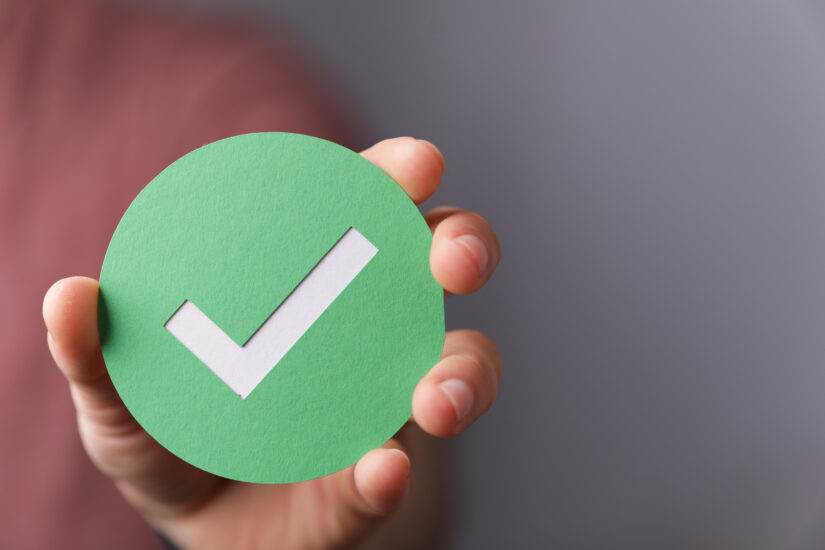Three Important Characters In Fiction

We’ve talked about the importance of characters and characterisation in “Friend” fiction a few times.
We’ve even talked about how crucial character names can be in establishing credibility.
But when your sitting down to sketch out a character, you also need to consider the role they’re going to play in your story.
Here are three main roles you should always have in mind.
The protagonist
A strong protagonist is a prerequisite for good storytelling. They should be a character that the readers will be happy to invest in through the course of a story.
Protagonists don’t have to be perfect. In fact a flaw or two is good, as it will show their human side.
But the protagonist will be written in such a way as to connect with the reader.
Have you ever read a story when something unexpected happens to the main character, and the event stops you in your tracks?
The story outcome might not be what you wanted, but the fact that you care what has happened highlights what a good job the writer has done in creating reader empathy.
The antagonist
The opposite of our protagonist is the antagonist.
The antagonist is the person or force who will hinder your heroine from achieving her goals. They can be a straight-out baddie, or can be an everyday character who sits in opposition to what your protagonist wants. Demanding family or friends, for example, or societal expectations.
An antagonist can take the shape of internal struggle, too, if your protagonist has inner demons to overcome — addiction, anxiety, confidence.
They can also be non-human. For example, a force of nature can appear as a suitable nemesis in stories.
The foil
Perhaps the least familiar of these three important characters is the foil.
A foil serves as a means to highlight key traits in your protagonist, instigating heroic behaviours or redeeming qualities. Think Dr. Watson as a complementary companion to Sherlock Holmes.
This is in direct opposition to the antagonist, who serves as the obstacle to overcome.
The foil can also highlight a protagonist’s faults, but again this will be in relation to some form of character fulfilment.
Find more tips to help sharpen up your stories in our Writing Tools section.










